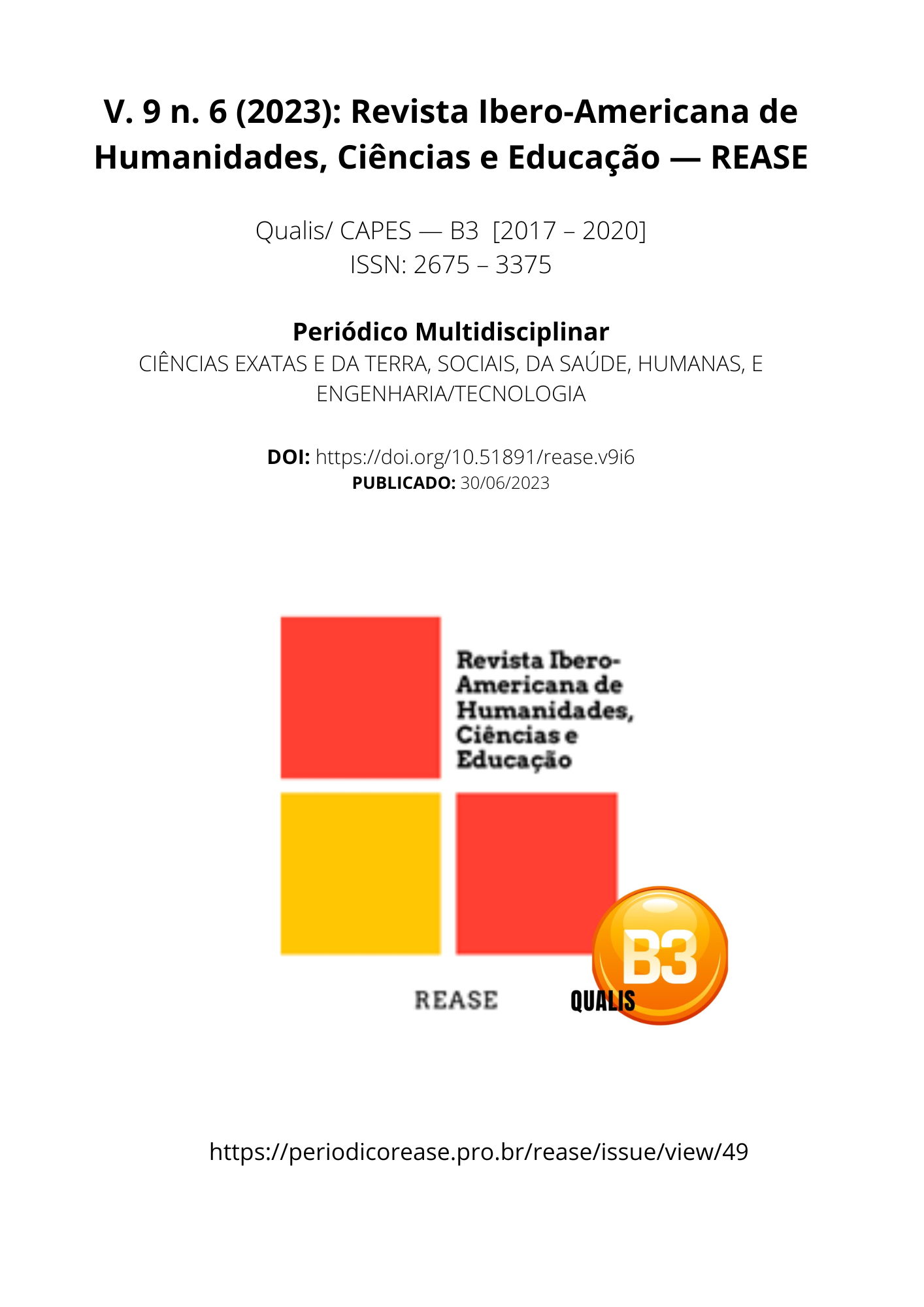THE CONDUCT OF THE DENTAL SURGEON IN CASES OF VIOLENCE AGAINST CHILDREN AND YOUNG PEOPLE
DOI:
https://doi.org/10.51891/rease.v9i6.10378Keywords:
Violence. Brazilian legislation for violence. Biopsychosocial aspects of violence.Abstract
Objective: To study juvenile violence in its physical and emotional aspects, as well as to verify the Brazilian legislation for these injuries and to analyze the position of the Dentist Surgeon in relation to these cases. 2018. Methodology: This was a descriptive literature review using databases from BIREME, MEDLINE, LILACS and published books on the subject. Inclusion criteria were complete articles on juvenile violence and exclusion criteria were articles that escaped the study objectives. The descriptors used were juvenile violence, legislation on violence and biopsychosocial alterations of children and adolescents victims of violence. Results: It was demonstrated in this study that the biopsychosocial damage is serious, Brazil has specific legislation to curb this type of violence and it is up to the Dentist Surgeon to notify suspected or confirmed cases because the numbers of juvenile violence are high as shown in the theoretical framework consulted, because From 2016 to 2018, 208,924 notification cases were notified. Conclusion: The main physical injuries of juvenile violence are: bone fractures, burns, preventable home accidents, falls, asphyxiation, post-traumatic stress, bruising, lacerations, sexual abuse. Among the emotional problems: shyness, anxiety, constant and unreasonable crying, fear, nightmares, suicide attempts, self-harm, panic attacks, depression and poor school performance. The conduct of the dental surgeon in the face of the suspicion or real finding of juvenile violence should be the complaint in your workplace. If there is no commission or police station, the complaint must be made to the Guardianship Council, and may be by telephone and anonymous, only providing the data of the victim and the aggressor, or also in person. If evidence is present, contact the Police Station for Children and Youth. The national data on violence against children and adolescents provided by the Ministry of Health's Reporting Disease Information System were: in 2016 there were 75,934 cases of notification; In 2017 the numbers were higher with 80,475 cases and in 2018 a lower percentage with 52,515 cases.
Downloads
Downloads
Published
How to Cite
Issue
Section
Categories
License
Atribuição CC BY

